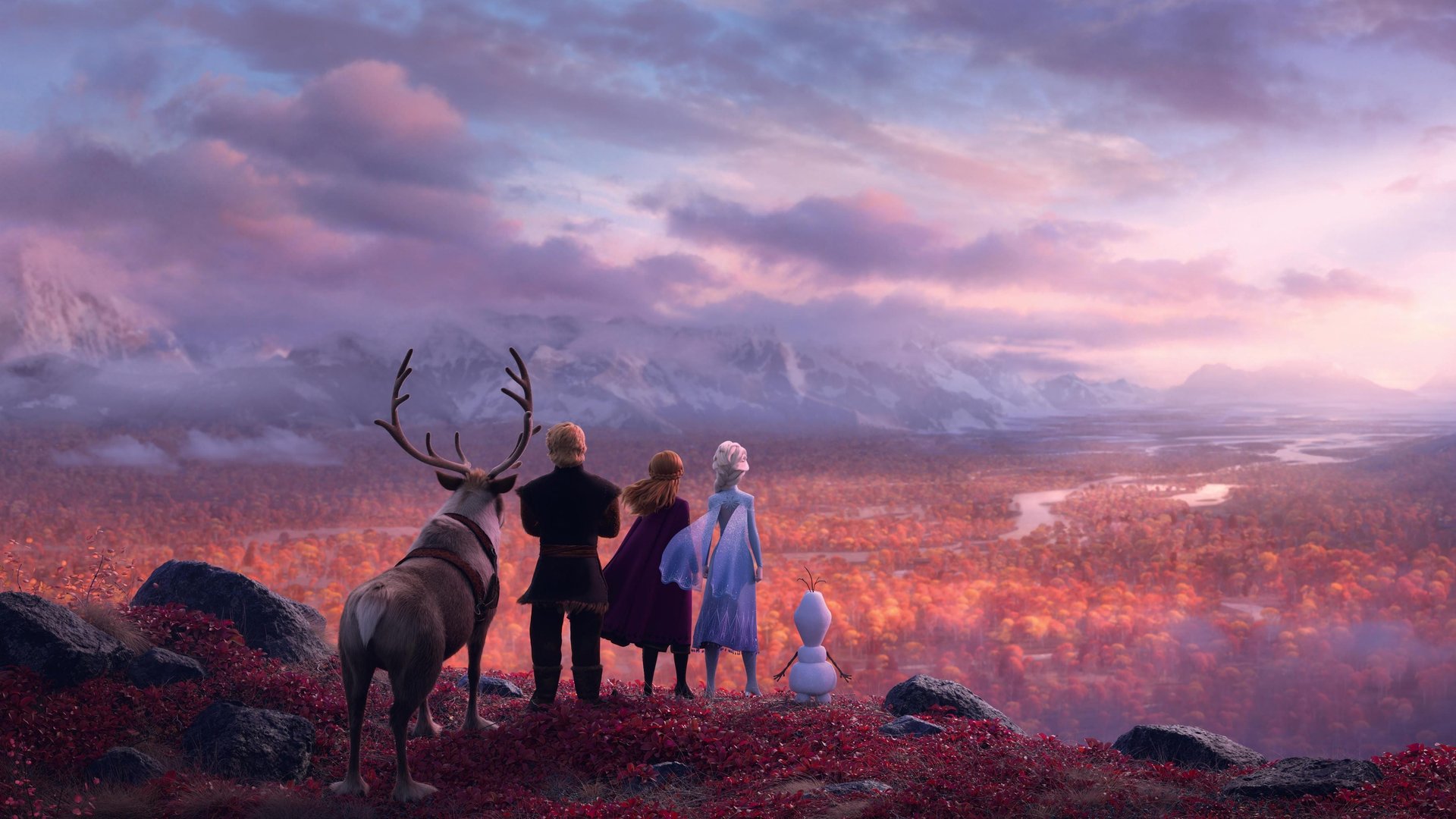“Frozen II” is another monster hit in Disney’s record-breaking 2019. And it still has Star Wars to come
Frozen II exceeded box office expectations this weekend on its way to a record-breaking $127 million opening in the United States. In total, it grossed $350 million worldwide in its first three days since debuting Nov. 22—the biggest global opening of all time for an animated film, not adjusted for inflation.


Frozen II exceeded box office expectations this weekend on its way to a record-breaking $127 million opening in the United States. In total, it grossed $350 million worldwide in its first three days since debuting Nov. 22—the biggest global opening of all time for an animated film, not adjusted for inflation.
The musical fantasy film, a sequel to the 2013 breakout hit Frozen, has only been in theaters for one weekend and is already the 23rd highest-grossing film in the world this year. It will likely become Disney’s sixth film of 2019 to make more than $1 billion worldwide. Star Wars: The Rise of Skywalker, which comes out Dec. 20, should be its seventh.
Disney’s films have combined for nearly $9 billion at the global box office in 2019 and account for a third of the total US film market. If you include the films of 20th Century Fox, which Disney bought last year, then the company controls closer to 40%.
It wasn’t always like this. In the first half of the decade, the market share among the major Hollywood film distributors was relatively balanced, as each one was responsible for about 10% to 20% of the US market. All five of the non-Disney distributors in the chart above finished as a year’s top earner at least once from 2010 to 2015. Disney was consistently in the middle of the pack during that time.
And then 2016 happened. Thanks in part to Captain America: Civil War and Rogue One: A Star Wars Story, Disney catapulted to the top of the ranks and hasn’t looked back since. That year, the studio accounted for the five highest-grossing films worldwide, four of which grossed more than $1 billion.
Disney’s near monopoly comes at a time when the company has invested in a rapid expansion of its Marvel and Lucasfilm (the maker of Star Wars) franchises, which are the two highest-grossing movie brands in history. That has coincided with the continued success of Pixar and Walt Disney Animation Studios.
Hollywood studios now run on blockbusters and event movies to turn a profit, abandoning the mid-budget movies that used to populate theaters. This has worked in Disney’s favor, as the studio has long implemented a “tentpole” strategy. Disney only releases about eight films per year (Warner Bros., by comparison, will release 20 this year), but all of them are potential blockbusters. Avengers: Endgame alone made more money in the US this year than all of Paramount Pictures’ 11 films combined.